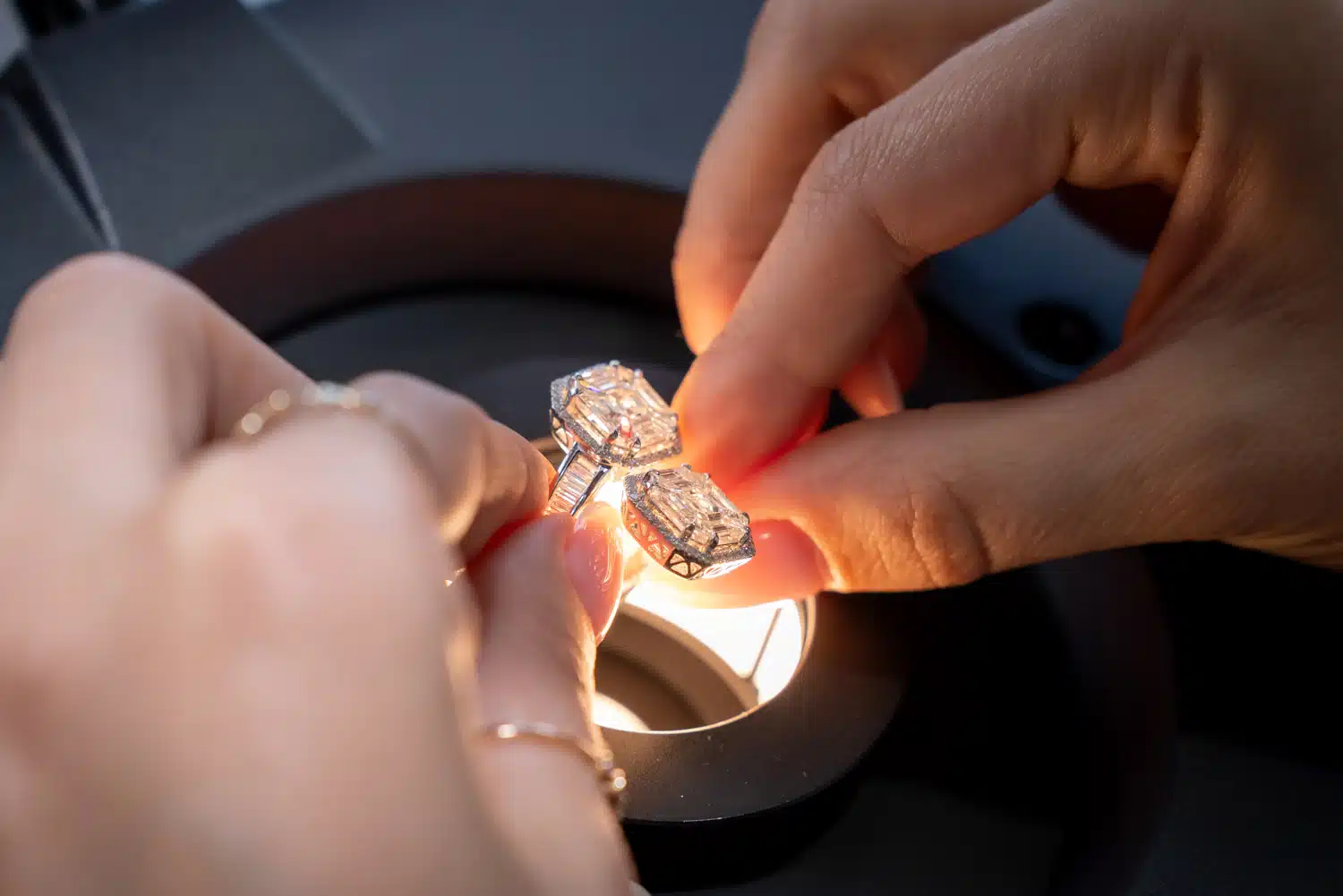In recent years, insider story of lab grown diamonds better have surged in popularity, revolutionizing the diamond industry. With a growing awareness of ethical concerns, environmental impact, and cost, many consumers are turning to these synthetic alternatives. This article delves into the insider story of lab-grown diamonds, exploring why they are considered better than their mined counterparts.
Table of Contents
What Are Lab-Grown Diamonds?
Lab-grown diamonds, also known as synthetic diamonds or cultured diamonds, are real diamonds created in controlled environments using advanced technological processes. These diamonds share the same physical, chemical, and optical properties as natural diamonds, making them indistinguishable without specialized equipment.
The two primary methods for creating lab-grown diamonds are High-Pressure High-Temperature (HPHT) and Chemical Vapor Deposition (CVD). The HPHT method mimics the natural conditions under which diamonds form in the earth, subjecting carbon to extreme heat and pressure, which causes it to crystallize into diamond form. CVD, on the other hand, uses a carbon-rich gas to deposit carbon atoms onto a substrate, gradually forming diamond layers. This method allows for more control over the diamond’s properties, such as color and clarity.
The Environmental Impact
One of the most compelling reasons consumers are shifting toward lab-grown diamonds is their lower environmental impact. Mining natural diamonds requires significant land disruption, contributes to deforestation, and often leads to soil and water pollution. Additionally, diamond mining has been associated with human rights violations and conflicts, commonly referred to as “blood diamonds.”
In contrast, lab-grown diamonds are created with minimal environmental disturbance. The process consumes less energy and water compared to traditional mining, making lab-grown diamonds a more sustainable choice without sacrificing quality or beauty. As consumers become increasingly eco-conscious, this aspect of lab-grown diamonds is a significant selling point.
Ethical Considerations
The ethical implications of diamond sourcing cannot be overlooked. Many consumers are concerned about the social and ethical ramifications of mining. Mined diamonds can be linked to exploitative labor practices, child labor, and funding for armed conflict in various regions.
Lab-grown diamonds provide an ethical alternative, ensuring that every step of their creation is free from exploitation. Consumers can purchase these diamonds with the confidence that they are not contributing to human rights abuses. Brands specializing in lab-grown diamonds often emphasize transparency in their sourcing and production processes, further enhancing their appeal.
Cost-Effectiveness
Another significant advantage of lab-grown diamonds is their cost. Due to more efficient production methods and lower overhead costs, lab-grown diamonds can be 20% to 40% cheaper than their mined counterparts. This price difference enables consumers to purchase larger or higher-quality diamonds without stretching their budgets.
For many, this cost savings means being able to afford a diamond ring or jewelry piece that they might have otherwise considered out of reach. In a time when financial considerations are paramount, lab-grown diamonds represent an appealing option for budget-conscious consumers.
Quality and Variety
Lab-grown diamonds also offer a range of benefits in terms of quality. They can be created with fewer inclusions and better color grading than many mined diamonds. Advanced technology allows producers to control the growth environment, leading to high-quality stones that rival the best natural diamonds.
Furthermore, lab-grown diamonds can be produced in various colors, including pink, blue, and yellow, providing consumers with more options than traditionally mined diamonds. This diversity enables buyers to find a diamond that perfectly suits their style and preference.
The Future of Diamonds
The diamond industry is evolving, and lab-grown diamonds are leading the way. As consumer preferences shift, the market for lab-grown diamonds is expected to continue to grow. Industry experts predict that lab-grown diamonds will account for a significant share of the diamond market in the coming years.
Retailers are increasingly adopting lab-grown diamonds in their offerings, and major jewelers are beginning to embrace this trend. For many, lab-grown diamonds symbolize a new era in the jewelry industry—one that values sustainability, ethics, and affordability.
Conclusion
The insider story of lab-grown diamonds reveals a promising future for the diamond industry. As consumers prioritize ethical sourcing, environmental sustainability, and affordability, lab diamonds stand out as a better alternative to mined diamonds. With their exceptional quality, variety, and ethical considerations, lab-grown diamonds are not just a trend; they are paving the way for a more responsible and sustainable future in the world of luxury jewelry.

